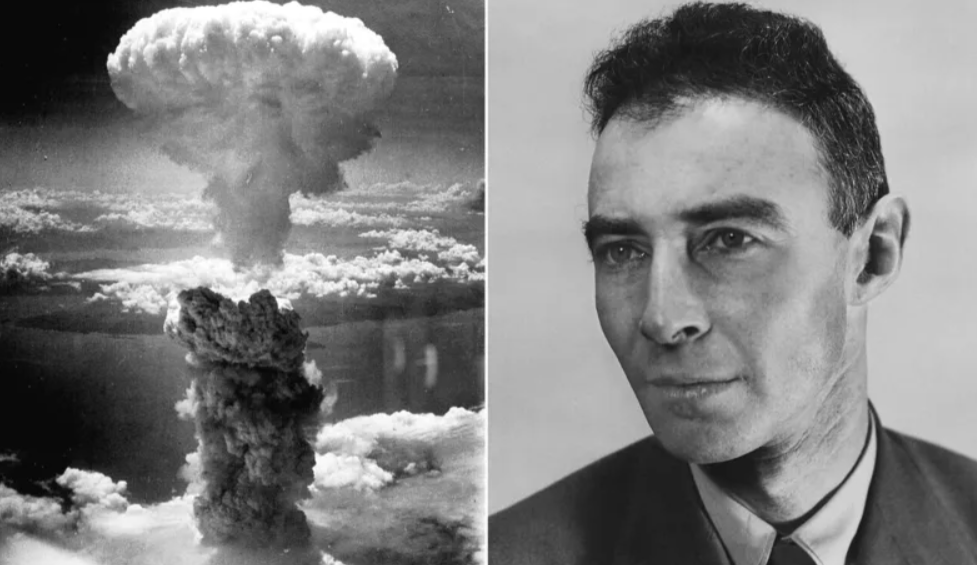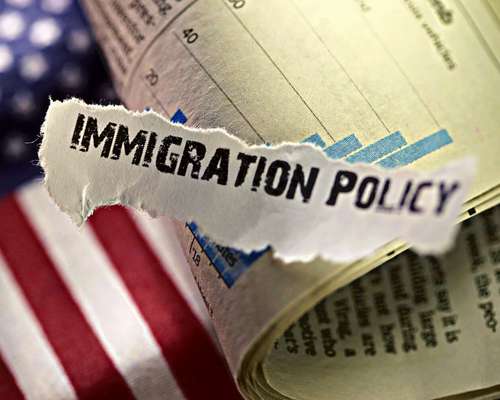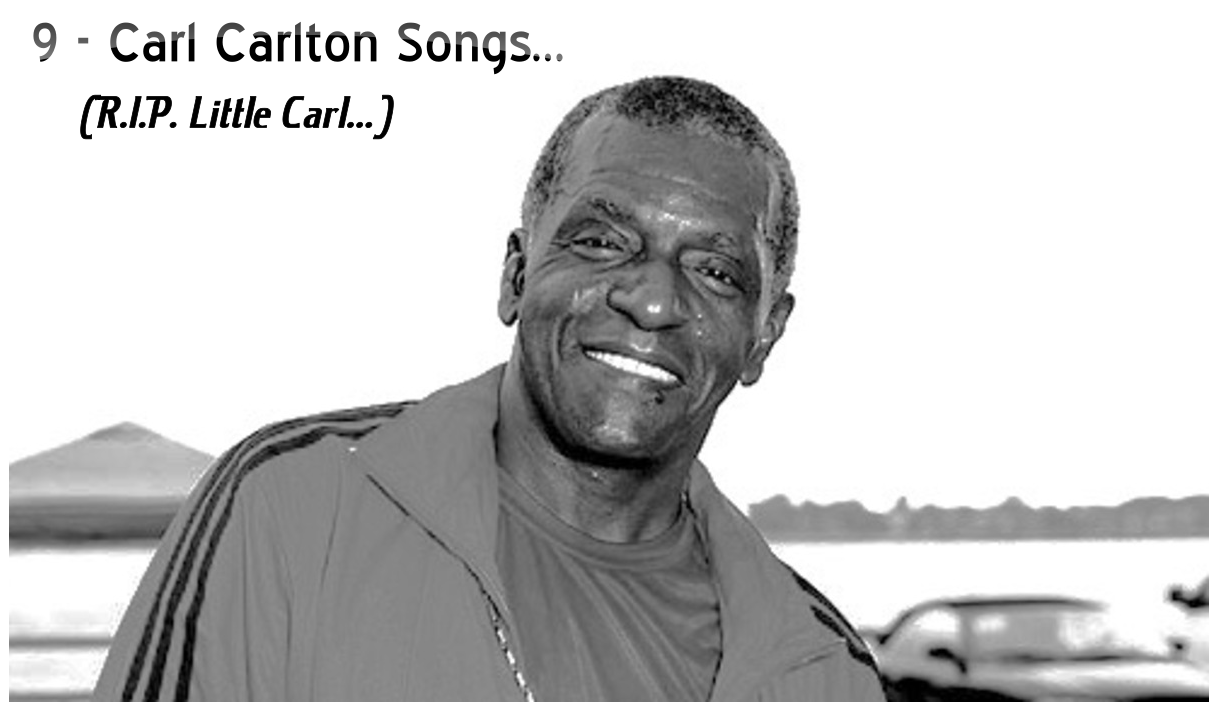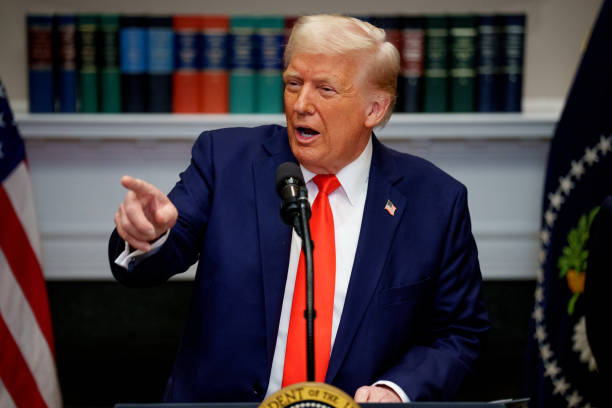(ThyBlackMan.com) Two years before the formal entrance of the U.S. in World War II combat, then President Franklin Roosevelt was in stark terror at the potential power and danger of a nuclear weapon in Hitler’s hands. At various times in the White House meetings on how the US should proceed in developing a nuclear weapon, he had had informal discussions with various advisors about the awesome potential of nuclear energy on the battlefield. At one meeting at the White House, FDR flatly told a nuclear expert, “What you are after is to see that the Nazis don’t blow us up.”

The atomic bomb project was subsequently named the Manhattan Project. At its peak in 1945, it had a moderate sized populated city of scientists, engineers, technicians, mathematicians, physicists, and military personnel working on the bomb project. The number of scientists alone topped 150,000. They were recruited from think tanks, universities, government agencies, and private corporations. Key figures in the bomb’s development were the small number of top-flight European expatriates who had fled Germany and other parts of Europe ahead of Hitler.
With the White House’s official approval to put the nation in what amounted to an early, version of a nuclear arms race with what it thought was its competitor then, Germany, things and events moved fast. Funds for research, hiring personnel, recruiting, monitoring and oversight, site location finding, and reporting timetables over the next two years were established. It would cost a couple of billion dollars in total, which by the financial numbers of that day was a lot of money for one project (equivalent to about $30 billion in 2020).
There was still much uncertainty about what and how a bomb, if one could be produced, would be used. When FDR approved the establishment of a Uranium Committee in 1939 for nuclear research, he did not specifically have in mind dropping a bomb on Japan or Germany. He did not view it, or certainly intend it to be a weapon of mass destruction. He saw it more like an experimental and feasibility project in the use of the new, yet for the most part still unknown potential and capability of atomic power.
Harry Truman succeeded Roosevelt after his death in April 1945. He was almost totally in the dark on the bomb project. He established an interim committee in May 1945, to determine how or even if an atomic bomb should be used. The operative phrase was to consider “the military uses of the material.” This strongly suggested that even at this late date in the war the project focused on research and development by the people assigned to produce the weapons materials in addition to producing a nuclear weapon.
Fortunately, Hitler had almost no interest in and showed near total ignorance of the devastating power and impact of a nuclear weapon and how it could be a decisive game changer for Germany in the war. His top physicists and researchers were woefully under resourced and under supported in trying to develop a weapon. None of this was known at the time and the U.S. and FDR were hardly willing to take any chances.
The next, and still heated debate decades after the evolution of the A bomb was whether it should have been used. Countless books, articles, memoirs, films, documentaries, and docudramas have been made on the making and testing of the weapon. The debate over its use was even more fierce after it was proven to work. Hiroshima and Nagasaki did not have to be nuked in August 1945 to end the war critics endlessly argue. Japan was near prostrate, a defeated nation, and desperately searching for a way out of the war.
The counter argument is that military intelligence confirmed through reading Japanese codes that the nation’s hard line military leaders rejected surrender. Given the American public’s rage at Japan for Pearl Harbor, Japan’s barbaric war atrocities, and the U.S. government’s shell out of two billion dollars to develop the bomb, it was going to be used no matter what. The two A bombs caused nearly 200,000 deaths and injuries with untold legions still feeling the effects of the nuclear attacks in the 21st Century.
Equally debated is, was the endless arms race between the U.S. and the Soviet Union with all its threat and danger to the world necessary in the half century after Hiroshima? Could the horrendous possibility of a nuclear assault have been avoided solely by diplomatic means? Could the billions the U.S. and the Soviets spent on nuclear weapons have gone solely toward the peaceful use of nuclear energy? Could the thousands who worked in the industries that were responsible for the manufacture, testing, and stockpiling of the weapons have been engaged in work in non-military industries?
There are still no clear-cut answers to these questions, decades after the end of the war. There probably never will be. The issues that they raise in the nuclear debate remain too polarizing. The one certainty is that the Cold War rivalry between the U.S. and the Soviet Union deeply shaded politics in those decades. There is no debate, however, that the A bomb spurred many technical innovations in energy use that would not have happened without the race to develop the bomb.
Written By Earl Ofari Hutchinson
Feel free to connect with him through twitter; http://twitter.com/earlhutchins
He is also an associate editor of New America Media. His forthcoming book is From King to Obama: Witness to a Turbulent History (Middle Passage Press).

















America dropped the A-Bombs on the yellow folks( i.e. Japan ), not the white folks( i.e. Germany ). The decision to drop the A-Bomb on the yellow folks was both militarily strategic,and racist:
https://www.linkedin.com/pulse/do-german-descendants-believe-us-constitution-american-pelvo-white/
https://www.linkedin.com/pulse/dem-deutschen-volke-pelvo-white